Description of diseases and pests of cucumbers

Cucumbers are one of the most popular garden crops; it can be found, perhaps, in every summer cottage. However, in order to achieve a rich harvest, gardeners often have to fight against diseases and attacks of insect pests. Let's get acquainted with their description and fighting techniques.
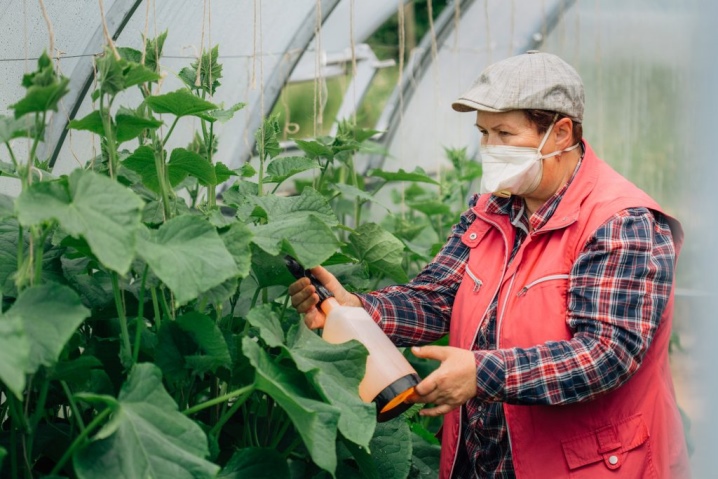
Fungal diseases
Most often, the cucumber culture is faced with fungal infections. They can infect seedlings at any stage of the growing season. Fungi enter the cucumber plantation together with infected seedlings, they can be carried by the wind from neighboring areas.
To develop a line of treatment, one should first of all deal with determining the nature of the disease.
Alternaria
The people call this pathology dry spotting. It usually attacks cucumbers that are grown under film. It is rare in open areas, although there, too, the disease can cause noticeable damage. The spores of the fungus begin their procession through the greenhouses and greenhouses from the doors and ventilation ducts, from where they slowly but surely penetrate deep into the garden bed.
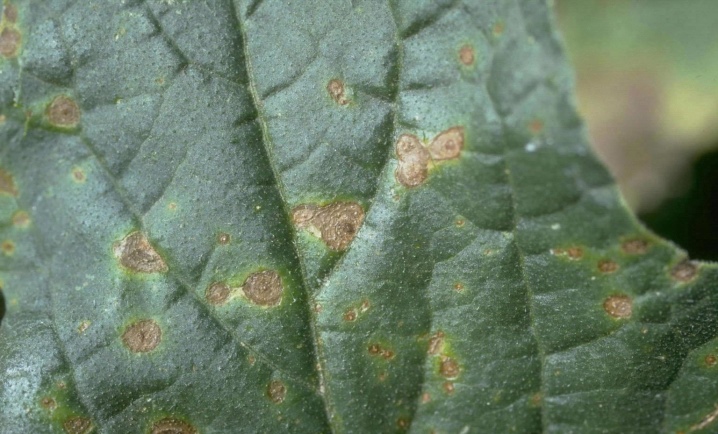
The first sign of damage is dry spots on the lower leaf plates, their size does not exceed 2 cm. Under the influence of excessive moisture and warm weather, the fungus actively rises to the upper leaves and soon covers the entire plant. In order to prevent the death of cucumber plantings, when the first signs of pathology appear, it is necessary to spray the young seedlings and shed the soil with the preparations "Bravo", "Poliram" or "Quadris". A good effect is given by copper-containing preparations - copper sulfate, copper oxychloride or Bordeaux mixture.
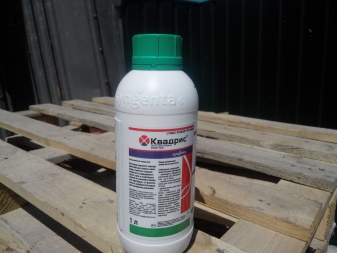
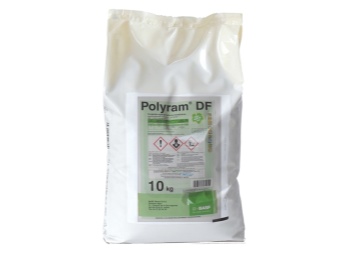
To prevent the appearance of this disease, you should timely carry out the basic phytosanitary measures and adhere to the rules of crop rotation.
Anthracnose
One of the most dangerous diseases that can nullify the hope of getting a good harvest. The lesion is facilitated by uncleaned plant debris and excess moisture. Fungal spores are carried by insects, gusts of wind and raindrops.
The fungus affects all aboveground areas of cucumber seedlings. First, small brownish dots appear on the lower leaves, which soon spread to all green tissues. The spots grow rapidly in breadth, the dead tissue dries up and falls out. As a result, the damaged stems break, and the fungus comes close to growing fruits, forming rotten passages in them.
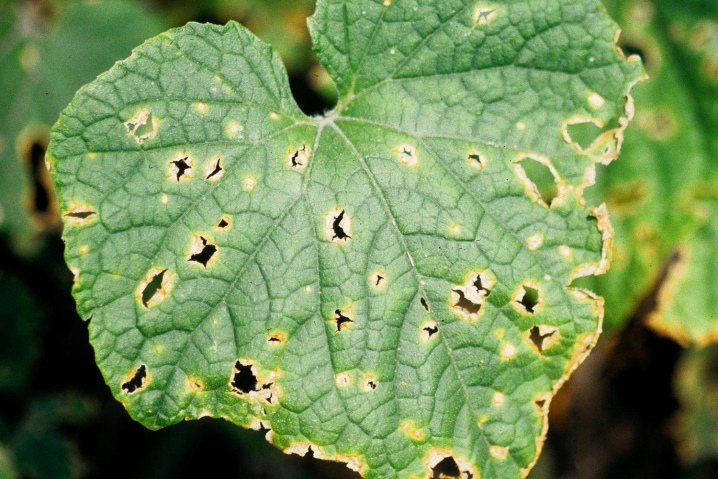
You can get rid of anthracnose with fungicides that suppress the activity of fungal organisms. From folk recipes, mustard powder, processing with ash and potassium permanganate give a good effect. Although folk methods are more effective only in the very early stages of the disease.
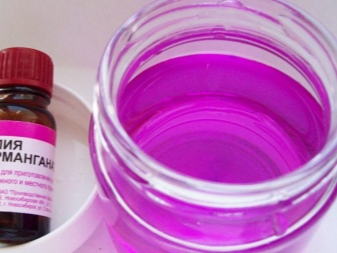
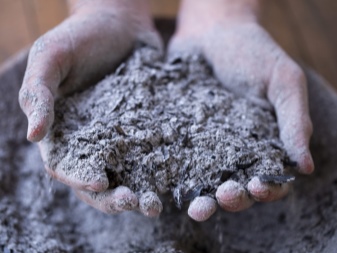
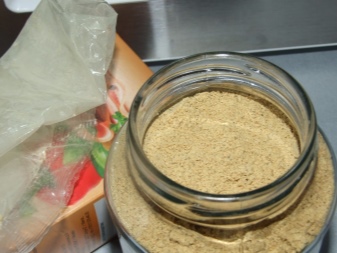
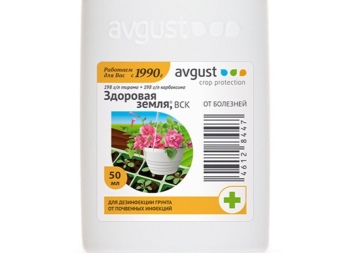
As a preventive measure, it is necessary to pickle the seeds before planting and disinfect the substrate. Seedlings should be treated daily. At the first sign of infection, treat with chemicals immediately.
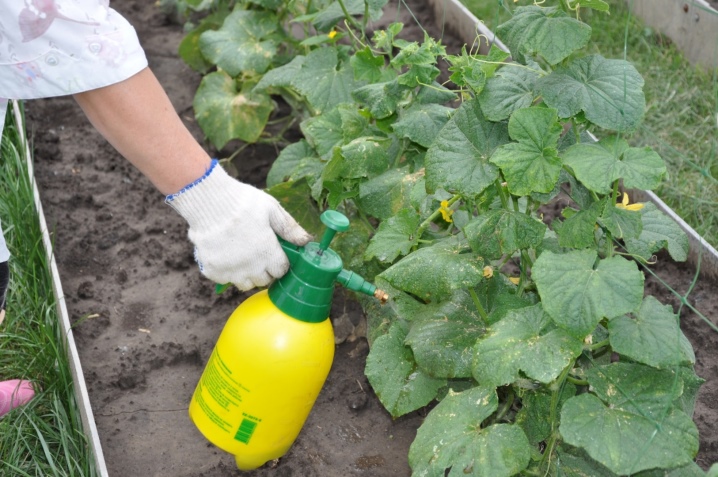
Ascochitosis
Black rot can significantly weaken the plant, this has the most detrimental effect on the quality and quantity of the crop. At risk are greenhouse and greenhouse crops, as well as cucumber seedlings with reduced immunity. The first signs are usually noticeable in the early stages of fruiting, until then the fungal spores are dormant in the seedlings. Soon, the fungus infects the vessels of the cucumbers.As a result of its activity, the stem and fruits dry out and wither.
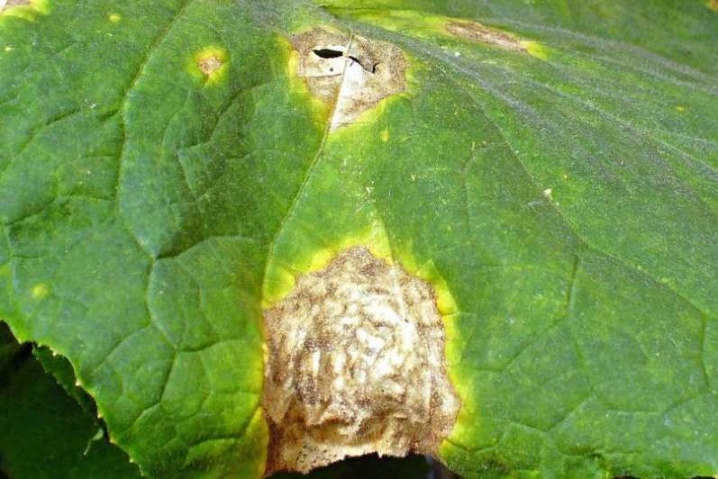
Damaged areas should be cut off and complete pest control with formalin. This fungus is resistant to fungicides, therefore, to neutralize it, you need to use a Bordeaux mixture or a composition based on vitriol and urea. In order to prevent the appearance of ascochitosis, it is always necessary to disinfect the seeds before planting, and after the end of the growing season, plant oats or rye as siderates.
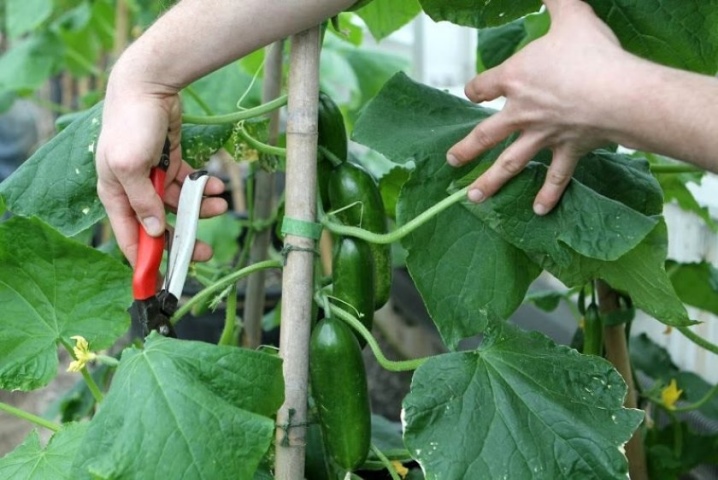
White rot
This pathogenic microorganism affects all seedlings as a whole. Usually, the plant is infected during the seedling stage, although the disease can also affect older seedlings. This fungus has been in the ground for a long time, so infection often occurs through the ground. The first symptoms of the disease are wet spots, which eventually transform into a slimy growth. At this stage, the plant dies.
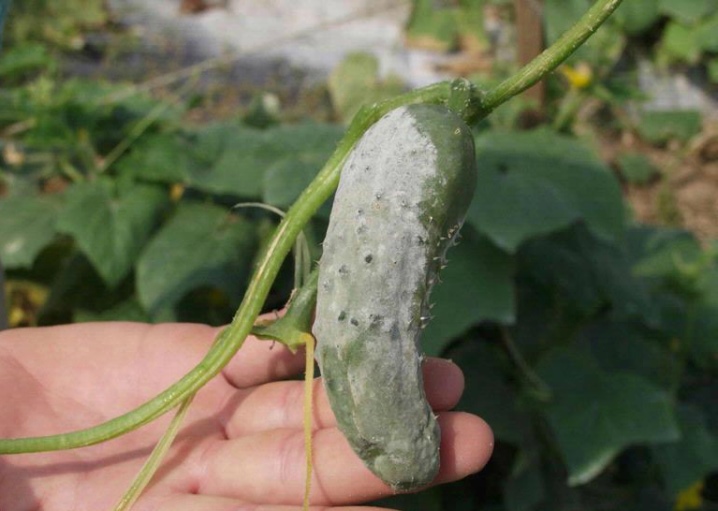
If undesirable changes appear, it is necessary to sprinkle the bed with Topaz or Hom compounds. Additionally, you can spill the bed with copper sulfate. All affected fragments are cut and burned. Prevention of this disease is a high-quality soil treatment, pouring a potassium permanganate solution into the planting holes and maintaining the distance between individual bushes.
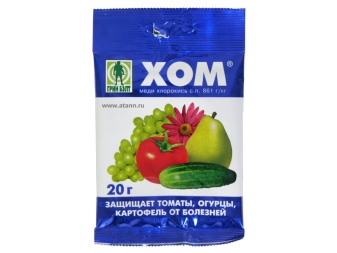

Cladosporium
The fungus mainly affects weakened cucumber bushes. Most often, the fault of infection is non-compliance with the rules of agricultural technology. The fungus attacks ripening fruits, they become covered with ulcers and soon die. If you do not take action immediately when the first symptoms appear, the entire cucumber plantation can be destroyed in 7-10 days.

If the plants get sick with cladosporia, you should stop watering and spray the plantings with Bordeaux liquid. A good effect is given by the drug "Oxyhom".
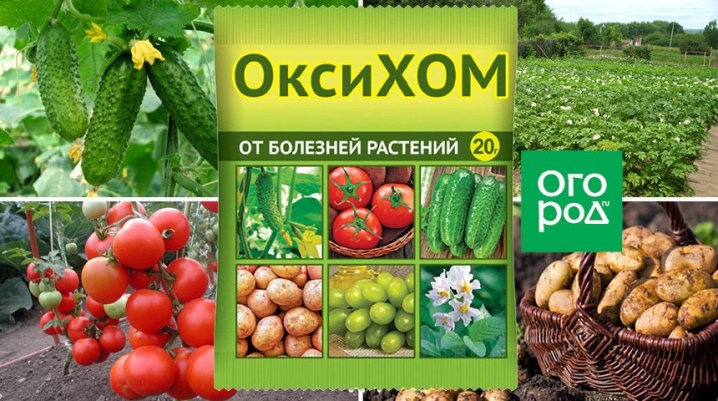
If the cucumbers are grown in a greenhouse, the temperature should be raised and ventilated.
Root rot
The first signs of this fungal infection usually show themselves soon after transplanting, the plants become lethargic. In this case, you need to slightly remove the soil and inspect the root system of the cucumber. If you notice that the base of the stem has become thinner, cracking has appeared on it, then you should start fighting the fungus.
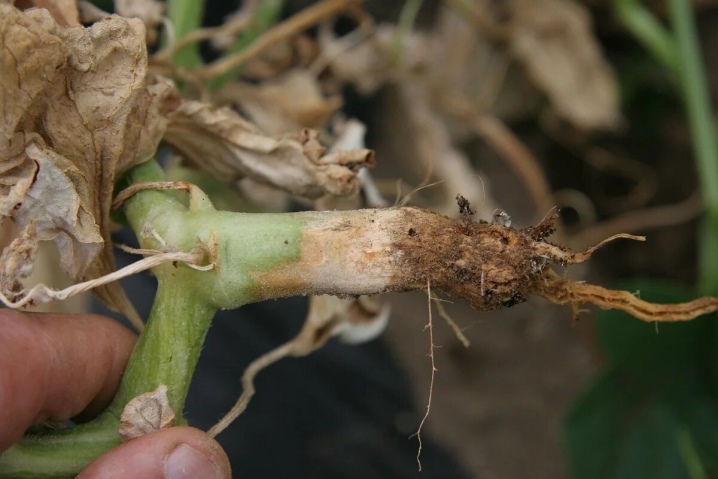
Fungal spores are most often carried along with the soil, therefore, it is imperative to disinfect it before planting. Of the chemicals, Previkur and Gamair have the greatest effect. Popular methods offer coal, chalk or ash, which have the property of drying out the infected areas of plants. The seedlings can be protected by lubricating the roots with a chalk and copper sulfate-based talker.

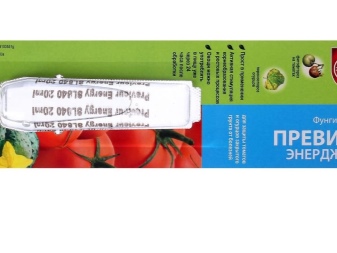
Peronosporosis
Many gardeners are faced with downy mildew, which can destroy a cucumber plantation in a week. Fungal spores are transmitted through the air. The first symptom is the appearance of angular spots on the leaves, soon they are transformed into a grayish bloom. The leaf plates are curled, and the stems are covered with cracks.
The fungus is dangerous because it stays in the incubation period for a long time. Then it makes a sharp surge and develops so rapidly that the culture does not have a single chance to survive. The development of pathology is facilitated by high humidity and low temperatures.
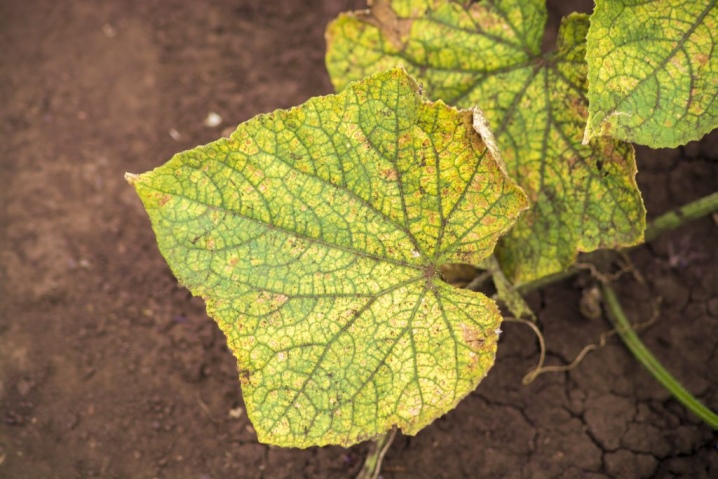
Plants can be saved by spraying with fungicidal preparations "Ridomil Gold", "Profit", "Kurzat". If you focus on folk remedies, you can try a concentrated baking soda solution. To prevent the appearance of a fungus in the garden, it is necessary to remove all vegetation in the fall and be sure to process the site for planting with antifungal drugs - the greatest effect is given by ammonium nitrate and ammonium sulfate solution.
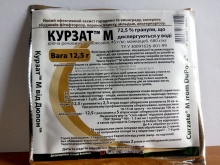

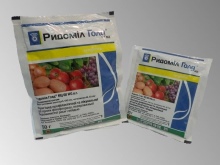
Powdery mildew
One of the most common diseases of cucumber plantings.Spores are transmitted by rain and wind on cool days. From the outside, it seems that the leaves and fruits of the seedlings are covered with mold, and rotting processes are started under it. It is possible to save the crop only in the early stages of infection; it is best to use the fungicidal preparations "Baylon", "Raek" or "Tiovit" for this.
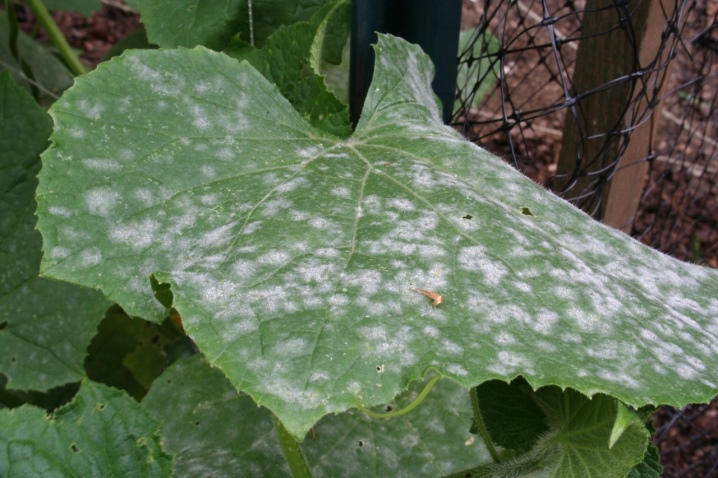
If the plants are in the fruiting stage, it is better to give preference to biological compounds "Albit", "Alirin" and "Gamair".
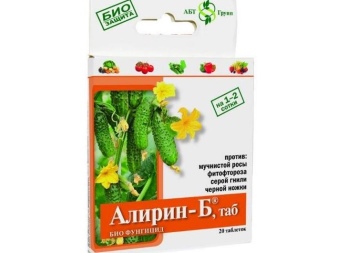
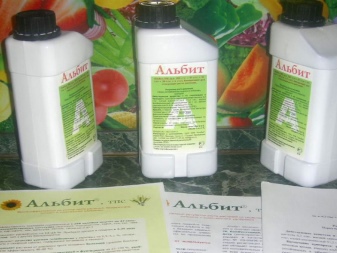
From folk methods, soda and ash are used. However, with a large amount of damage, these methods are ineffective.
Gray rot
Sometimes on the fruits and leaves of cucumbers, you can see a grayish bloom, which soon transforms into blurry spots of a grayish-brown color. The affected areas quickly rot and, in the shortest possible time, lead to the wilting of the entire bush. Disturbances in crop rotation, over-watering and unregulated humidity contribute to the spread of the fungus. Overfeeding with nitrogen-containing fertilizers, as well as excessive thickening of the plantings, increase the risk of disease.
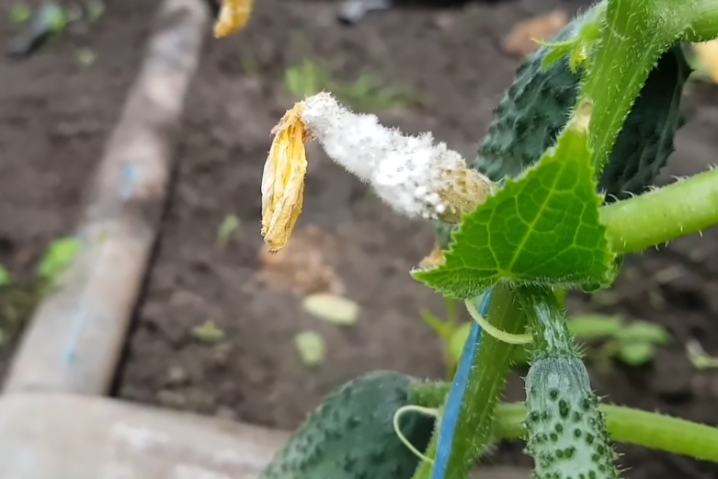
At the first signs of fungus, you must immediately stop watering and remove all damaged fragments. Slightly affected stems can be sprinkled with a mixture of ash and vitriol. A good effect is given by the treatment with Bordeaux liquid. Of the specialized drugs, Hom, Bayleton and Rovral are the best. As a preventive measure, pre-sowing disinfection of seedlings and soil is used.
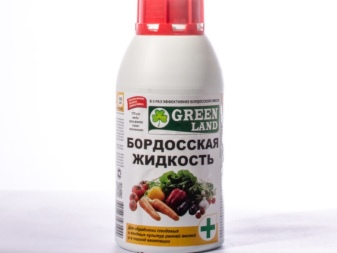
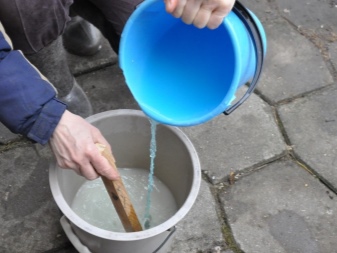
Fusarium
Quite an insidious disease that develops imperceptibly for a long time. The spores of the parasite attack the root system; in conditions of high humidity and low temperatures, the growth of the fungus is accelerated. The pathogen can penetrate into the ground when irrigated with water taken from natural sources.
Usually, the first signs of the disease make themselves felt at the flowering stage. However, by that time, almost the entire vascular system of the seedlings was already affected. When signs of wilting appear, the stem should be cut across - if the vessels have darkened, it is necessary to start fighting the fungus.

It should be noted that biological and chemical compositions in the treatment of fusarium disease practically do not give a noticeable effect. Nevertheless, you can try to save the plantings using the means "Baktofit", "Planriz", "Trichopol" or "Quadris", copper sulfate and lime milk give a good result. The only preventive measure is high-quality cultivation of the land before planting cucumber seedlings.
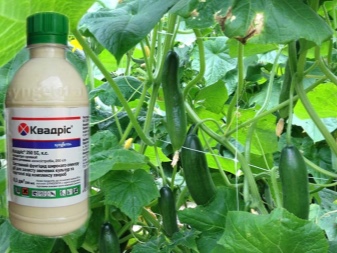
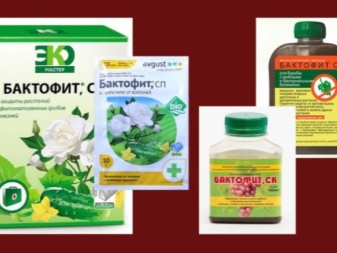
Bacterial and viral diseases
In addition to fungi, cucumbers often encounter bacteria and viruses.
Bacteriosis
The causative agents of this disease are highly specialized varieties of bacteria, they affect all aboveground areas. As a result, the culture pauses in development, leaves wither and fruit formation is noticeably reduced. The bacteria can attack cucumbers both in greenhouses and outdoors. Angular brownish spots become the first sign of the disease; soon the entire outer side of the leaf plate becomes covered with yellowish mucus.
For treatment, copper sulfate or other copper-containing preparations are used. It is almost impossible to save cucumbers from the field of infection, the disease is difficult to treat. Therefore, it is best to initially plant varieties that are resistant to these bacteria.
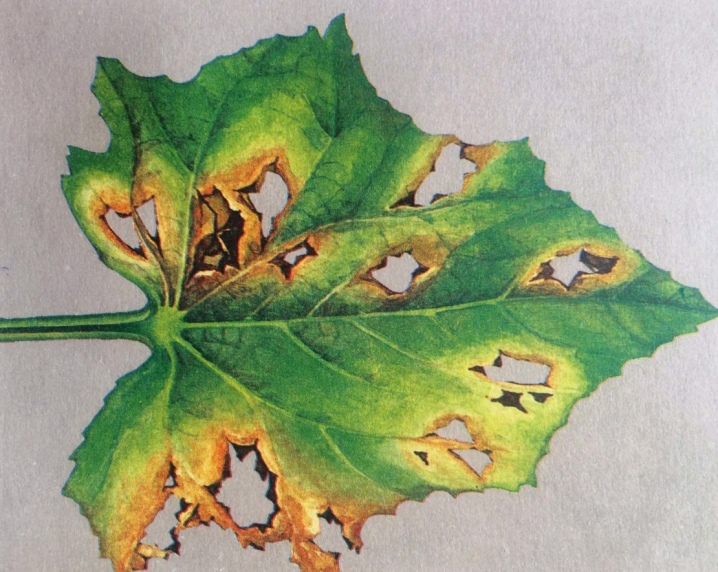
Wet rot
Infection of cucumber beds begins with the planting of infected seedlings. As the plant develops, the fungus develops in parallel, as soon as the fruits appear - it immediately penetrates from the ground into the plant, causing them to rot. In the early stages, the leaves become stained, then dry out, darken and soon the whole plant dies.
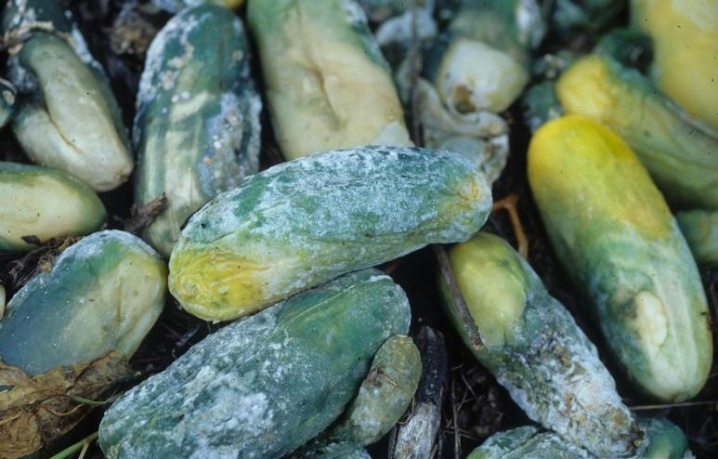
The only way to prevent the development of the disease is to purchase high-quality planting material.
Vascular bacteriosis
Vascular bacteriosis is especially dangerous for greenhouse and greenhouse plants, since it cannot be cured.The first symptom will be achromatic oily spots on the leaf blades. Soon they take on a brownish tint.
Such a disease cannot be cured. In this regard, special attention should be paid to prevention. It boils down to thorough disinfection of greenhouses and the soil mixture used with copper-based compounds.

Mosaic
Disease infection usually occurs during the seedling stage. Low temperature contributes to the spread of the disease. After infection, the cucumber leaves are covered with small pimples that resemble warts, the leaf plates wrinkle, and the color becomes mosaic.
The fungus affects all parts of the plant. Under its influence, the useful area of foliage decreases, internodes are reduced, the volume of ovaries decreases and, accordingly, fruiting worsens.
Spreading of the mosaic can be controlled by treating the bed with skim milk. In addition, aphids, which are one of the most common vectors of viruses, should be actively controlled. To prevent the appearance of an ailment, it is necessary to free the area from weeds in a timely manner and use exclusively sterilized substrates.
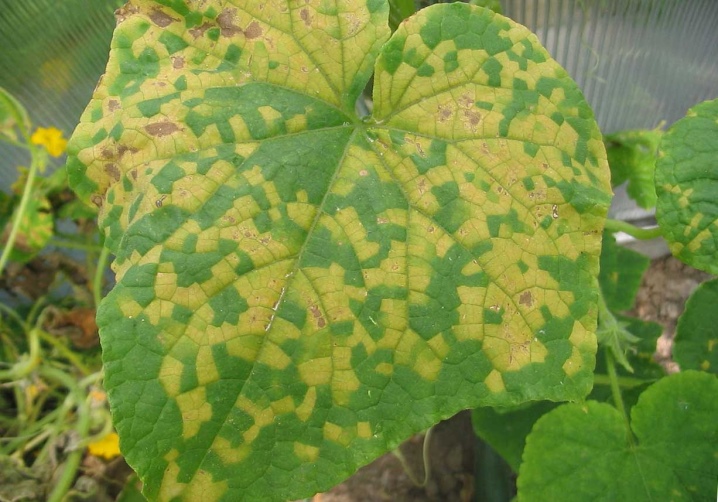
Pest control
As cucumber beds develop, they encounter many insect pests.
Aphid
These sucking parasites can attack the garden at any stage of the growing season, although most often they make themselves felt in late spring - early summer. With its proboscis, the aphid breaks through the green tissues of plants and feeds on their vital juices. As a result, cucumbers do not receive useful microelements, they stop in development and wither.
The danger of this pest lies in its fertility and gluttony; over the summer, the colony increases by several thousand individuals. It takes just a few days to settle in all the beds. When aphids are found, the count goes on for days - if you do not start the fight against it in a timely manner, you can forget about a good harvest of cucumbers.

Insecticidal preparations "Fitoverm", "Tanrek", "Commander" and "Fufanon" give a good effect. In the early stages of defeat, you can use folk remedies. During fruiting, infusions of celandine, dandelion, wood ash or garlic with the addition of a soapy substance help in the fight against the pest.
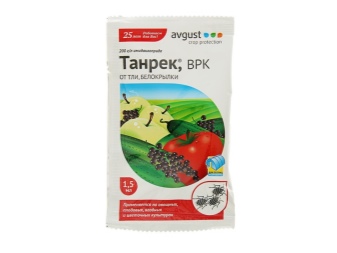
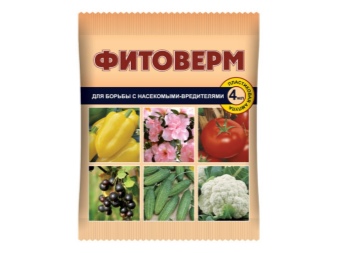
The soap increases adhesion to the surface and thus provides long-lasting protection.
Whitefly
It is one of the most serious pests of cucumber beds, both outdoors and in greenhouses. The whitefly is dangerous in that its colony is rapidly growing in size and in the shortest possible time can destroy the entire garden of cucumbers. The pest feeds on the vital plant juices, so the symptoms of damage are similar to those of aphids: leaf deformation, necrosis, falling of fruits and flowers.
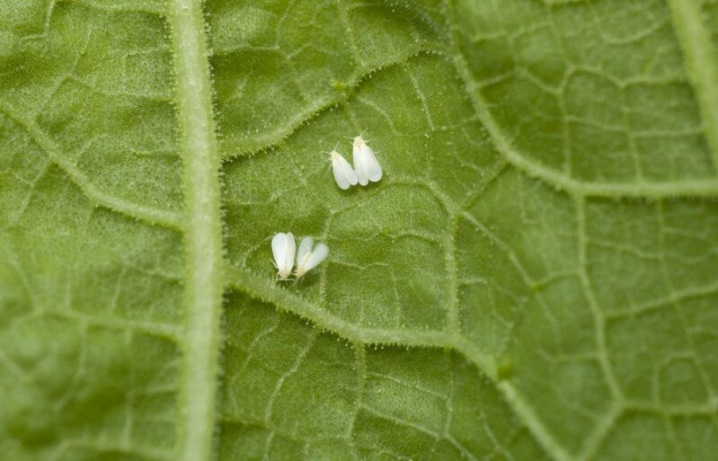
Allocation of whitefly leads to the appearance of a sooty fungus on cucumbers, this contributes to the spread of gray rot and powdery mildew. Chemicals are used to carry out the treatment; in the early stages, the use of a solution based on laundry soap gives a good effect. Of industrial drugs, the greatest effect is given by "Aktavit" and "Iskra Zolotaya". However, it should be borne in mind that the whitefly develops resistance very quickly, therefore, in case of re-infection, it is necessary to change the drug.

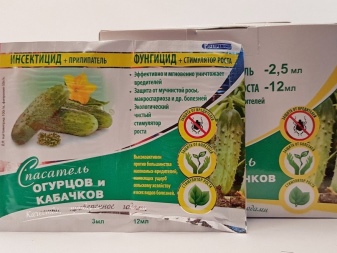
Spider mite
A microscopic arachnid cannot be seen with the naked eye. Its appearance is evidenced by the presence of a white thinnest web. In the early stages of the lesion, it passes along the back side of the leaf plates, at later stages it passes to the stem part and fruits. Adults and larvae suck out the vital plant juices, as a result of which the cucumbers dry out, turn yellow and wither quickly.
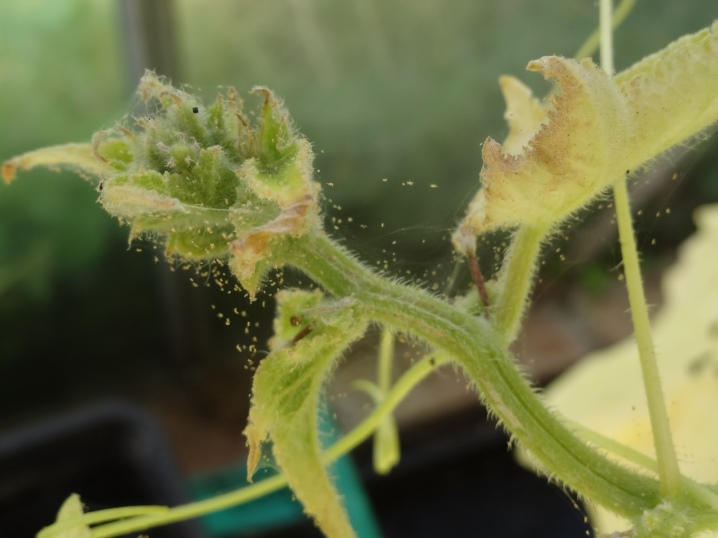
A good effect against spider mites is given by the preparations "Akarin", "Karbofos" and "Fufanon". For lovers of biological products, you can recommend Fitoverm and Bitoxibacillin.Our grandparents got rid of the tick by spraying with warm water with the addition of onion or garlic infusions.
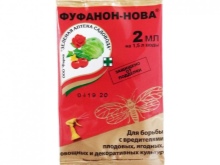
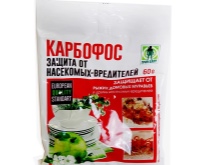
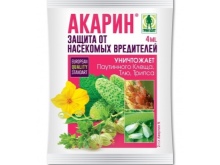
Thrips
A small pest is dangerous because it leads a hidden lifestyle for a long time. It feeds on the plant's vital juices and spreads viruses. They can be identified by the slightly noticeable gray and white lines on the plates, which increase in size over time and transform into silvery dried spots. Later, they become dark in color and fall off. Under the influence of this pest, cucumbers lose their leaves, stop developing and die.
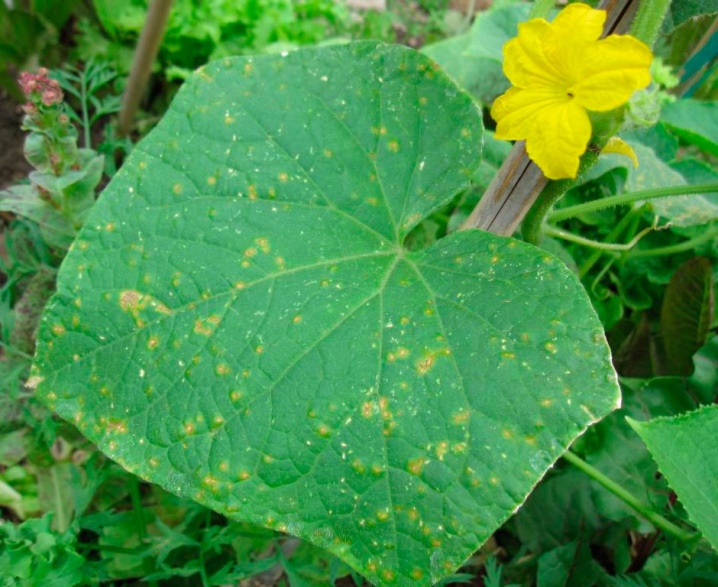
To combat thrips, you need to treat the beds with insecticides Fitoverm, Aktellik, Akarin, Iskra Zolotaya, Confidor and Inta-Vir. Folk remedies in the form of garlic, soapy herbal infusions have almost no effect on this pest. However, in the case of chemical preparations, everything is not so simple, since thrips very quickly adapt to any insecticides, so you have to constantly alternate preparations with different working components.
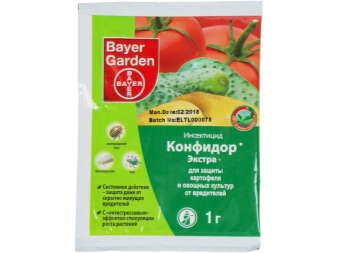

If the volume of the lesion is too large, it is best to completely uproot the plants and carry out preventive treatment of neighboring plantings.
All kinds of scoops gnawing at leaves and roots, meadow moth, cucumber gnat and bears can cause damage to a garden bed with cucumbers. These insects are often found in the gardens of all natural and climatic zones of our country. The greatest effect in the fight against them is given by fungicides.
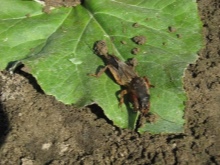
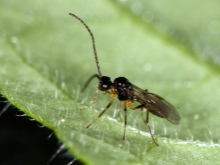
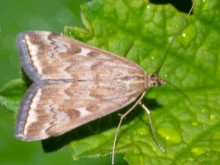
Prevention measures
Any ailment is easier to prevent than to cure, and in case of damage to the cucumber culture, this rule works 100%. To prevent the plants from getting sick, you should resort to preventive measures:
- compliance with crop rotation;
- planting varieties that are resistant to the most common diseases;
- mandatory disinfection of seed and soil before planting;
- compliance with watering rules, removal of weeds, loosening and mulching;
- carrying out high-quality dressings;
- periodic inspection of plants for diseases and lesions.
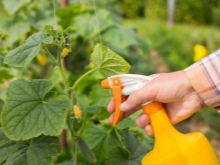
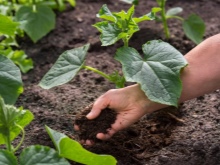
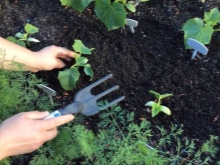
In conclusion, we note that unusual manifestations on the leaves and fruits of a cucumber are not always a sign of infection or an attack of garden pests. Sometimes these visual changes indicate a lack of one or another trace element in the soil.
- If the fruits of cucumbers take on the shape of a pear, this indicates a potassium deficiency, it is necessary to feed the garden with potassium sulfate or wood ash.
- If a cucumber grows in the form of a jug, it means that it lacks nitrogen. In this case, urea will be the salvation.
- If the foliage of the upper part of the lashes has acquired an unnaturally light color, the plant has stopped in growth and development, nitrogen fertilization will also be required, in this case organic matter (mullein or bird droppings) gives a good effect.
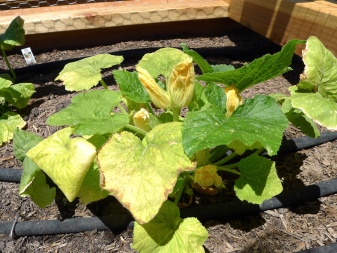














The comment was sent successfully.